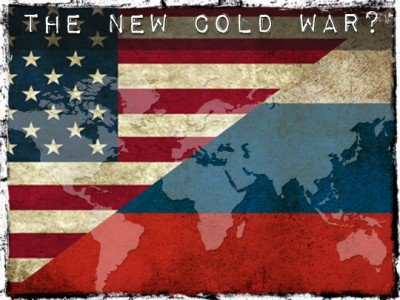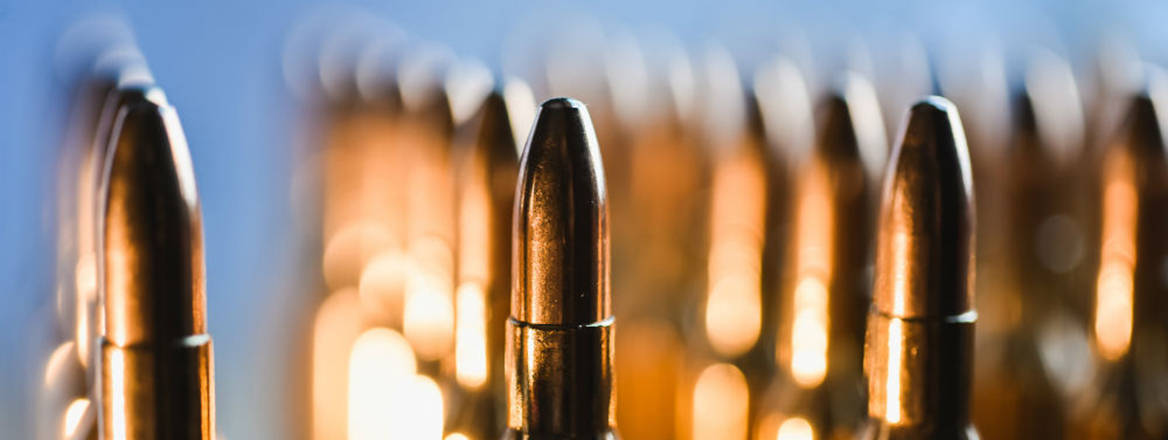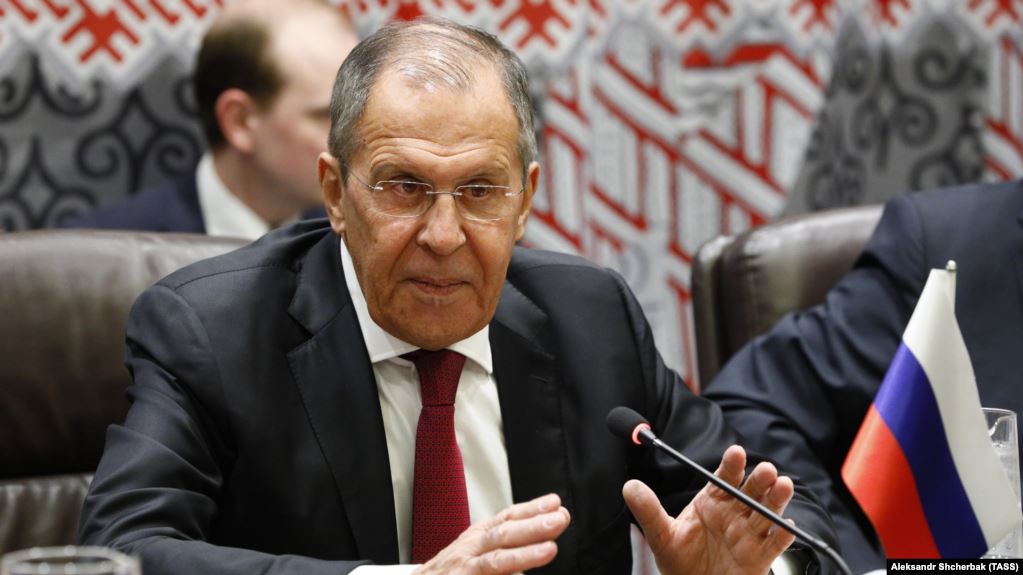
By Will Schryver, Twitter, 7/1/22
Twitter bio: Geopolitics – History, Empires, and War – Macroeconomics and Markets – Data Analytics – Music
For me, one of the most intriguing aspects of the unprecedented levels of propaganda beclouding the ongoing Ukraine War are the incessant claims, from the very beginning, of the alleged strategic, tactical, and logistical ineptitude of the Russian military.
The theme of the bumbling Russians was clearly preconceived and coordinated, and commenced in earnest within the first 24 hours of hostilities. It is also apparent, to me at least, that it has emanated almost exclusively from the CIA/MI6 analyst/think-tank complex.
CIA/MI6 fronts like Oryx, Bellingcat, and ISW have pumped out this narrative so relentlessly that it has now been ubiquitously enshrined as “received wisdom”, even to the point of entering into the body of assumptions embraced by many who I expected to be more discerning.
It has given rise to countless evidence-free myths, from the #FakeNews downing of two IL-76 jumbo transports packed with Russian paratroopers, to hundreds of armored vehicles allegedly abandoned for mechanical failure, lack of fuel, or other logistical failures.
One of the more inexplicable narratives included in this disinformation package has been the allegation that Russian troops are poorly trained conscripts, who are thrown into the meat grinder with antique weapons, little ammo, and so little food they are literally starving.
These tall tales are then woven back into the main strand of the narrative: the Russian army is a disorganized mob of demoralized “orcs” whose only real talent is plundering household appliances, raping young women, and randomly gunning down old folks on the streets.
Attached to this constant refrain are repeated comparisons to the allegedly incomparable professionalism, organization, training, and weaponry of US/NATO forces. The implication is that any company of American soldiers would be a match for an entire battalion of Russians.
I’ve concluded this unrelenting narrative must have as its aim the persuasion of the public and policy-makers in NATO countries that western militaries are so vastly superior to their Russian counterparts that no one should have reservations about making war against them.
And thus we continue to hear calls for immediate NATO intervention into the war; the establishment of a “no-fly zone” over Ukraine, and “boots on the ground” to teach the presumptuous and inept third-world Russian army a lesson it will not soon forget.
Never mind the numerous reports from western mercenaries and foreign legion volunteers who managed to escape back to their home countries after brief and terrifying “tours of duty” in Ukraine, all of whom relate similar accounts.
They talk about encountering overwhelming firepower for the first time in their military careers, and they soberly warn anyone else thinking of embarking on a “safari” to kill Russians that it was “nothing like Iraq” and they feel very lucky to have made it out alive.
Never mind also the fact that, to my knowledge, there are few if any conscripts among the Russian forces in Ukraine, and few if any reports in Russian independent media sources of demoralized, under-supplied Russian battalions in any theater of the war.
Quite to the contrary, every indication I have seen suggests that Russian morale is sky high, both among the soldiers doing the fighting and the Russian public at home. To be sure, there have been Russian casualties: best estimates are ~5000 RF and ~8000 DPR/LPR KIAs.
These numbers pale in comparison to the western propaganda mill fantasies of ~100k total Russian casualties, including 35k – 50k KIAs, which, were it true, would be unmistakably reflected both in the morale of the army itself and the public at home – and it clearly is not.
Nor is any of this manufactured narrative consistent with constant Ukrainian appeals for massive replenishment of lost heavy weaponry, and repeated mobilization of territorial guard troops and expansion of the conscript window to include 18 – 60 year-olds and even women.
On the other side, Russian troops rotate out and back in to the battlefield, rested and refitted. Russia has not ordered a general mobilization, and has about the same number of soldiers in the theater that they started with (175k – 200k).
So I leave the reader to judge the facts of the matter in terms of Russian military ineptitude and massive logistical failures.
And with that preface, let’s turn to the primary question: could NATO fight and win a war against the Russians on this same battlefield?
My answer is an emphatic NO, and for three distinct but equally disqualifying reasons:
1) There is zero evidence that NATO soldiers are superior to Russians.
2) Sufficient NATO forces could NEVER be assembled and equipped to defeat the Russians in their own backyard.
3) Even the attempt to concentrate sufficient US forces in the region to take on the Russians would result in the disintegration of the global American Empire and rapidly accelerate the already-in-progress transition to a multipolar world.
As to point #1 above, it bears repeating what I have argued multiple times in recent weeks: this war has seen the Russian military quickly evolve into a battle-hardened and surprisingly nimble and quick-to-adapt fighting force. The US has not faced such a force since WW2.
Many believe the US is a “battle-hardened” force. This is utter nonsense. Of the many thousands of troops in current US combat units, only a minute fraction has experienced ANY battle, and NONE have experienced high-intensity conflict such as is taking place in Ukraine.
I submit that one of the inadvertent and unforeseen byproducts of this war is that, even as the NATO-trained and equipped Ukrainian army has been devastated, the Russian army has been transformed into the single most experienced army on the planet.
Needless to say, this is NOT what US/NATO strategists intended to achieve. But it does explain why we now see them doubling-down on efforts to prolong this war – both to (hopefully) degrade Russian capabilities, and to buy time for themselves to determine what to do next.
You see, if NATO had to go to war today against Russia, and all their troops and equipment could be magically teleported to the battlefield, they simply could not sustain high-intensity conflict for more than about a month, as this analysis shows:

The Return of Industrial WarfareCan the West still provide the arsenal of democracy?https://rusi.org/explore-our-research/publications/commentary/return-industrial-warfare
The dim-witted will undoubtedly reply: “But muh awesome American air power would destroy them from the sky.”
The average Call of Duty warrior believes such nonsense, but I guarantee very few in the Pentagon harbor such delusions.
To the contrary, they understand perfectly well that Russian best-in-class air defenses would savage attempted US/NATO airstrikes. It would be a massacre, the results of which after even the first 48 hours would see wiser heads calling for an immediate ceasefire.
Not only that, but even attempted, but catastrophically failed NATO airstrikes against Russia would result in a massive series of counterstrikes against NATO bases and warships at distances never seen in previous wars. It would be a no-holds-barred affair.
Staging areas in Poland and Romania would be hit hardest, but strikes would almost certainly range over all of Europe and the Mediterranean. Russian missiles and submarines would sink several ships within hours, including, almost certainly, a US carrier.
This, of course, is the nightmare scenario – one which very conceivably risks an escalation to nuclear war.
But it also assumes that Russia would stand idly by as NATO concentrated forces in the region sufficient to launch a war.
In my estimation, the Russians would NOT sit back and watch the US/NATO methodically conduct a Desert Storm-style buildup over the course of a year (or more) – which is how long it would take to assemble a force large enough to launch a war against Russia.
Just as they preempted Ukrainian designs to retake the Donbass and Crimea, they would likewise strike NATO forces long before they reached a level of strength sufficient to conduct operations against Russia. (This pertains to point #2 above, in tweet #19.)
One final observation on this whole notion of the US/NATO making war against Russia:
People neglect to consider the fact that US forces are dispersed all around the world, in over 800 foreign bases of varying sizes and strategic importance.
In other words, most fail to appreciate the fact that US military might is *highly diluted*, and the only way to possibly concentrate a force sufficient to take on the Russians would be to literally evacuate almost every significant US base on the planet.
Japan, Korea, Guam, Syria, Africa, Turkey, etc. A massive power vacuum would be created all around the world, and would constitute an irresistible temptation for “hostile powers” to exploit.
It would spell the end of American global empire and hegemony.




